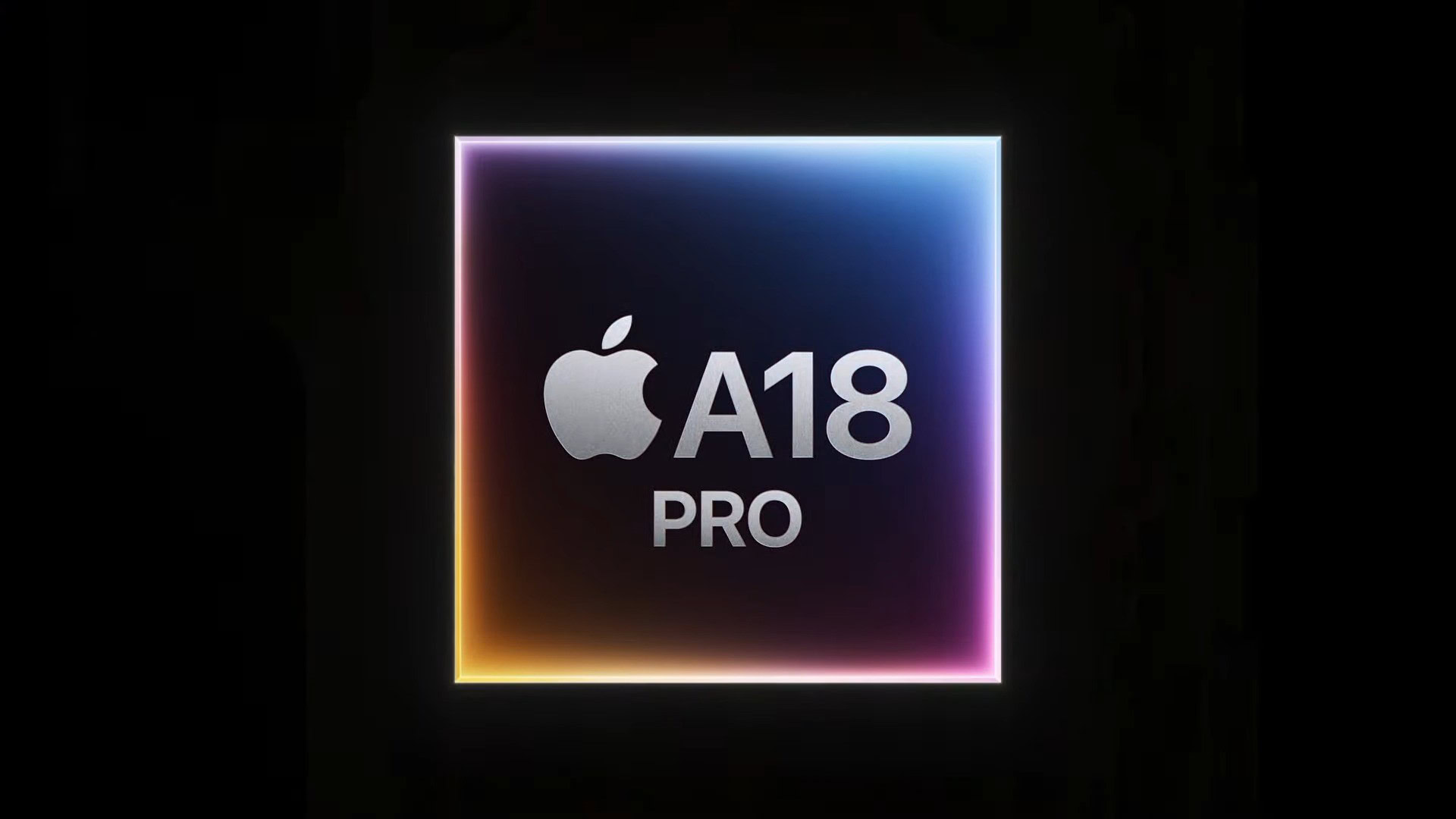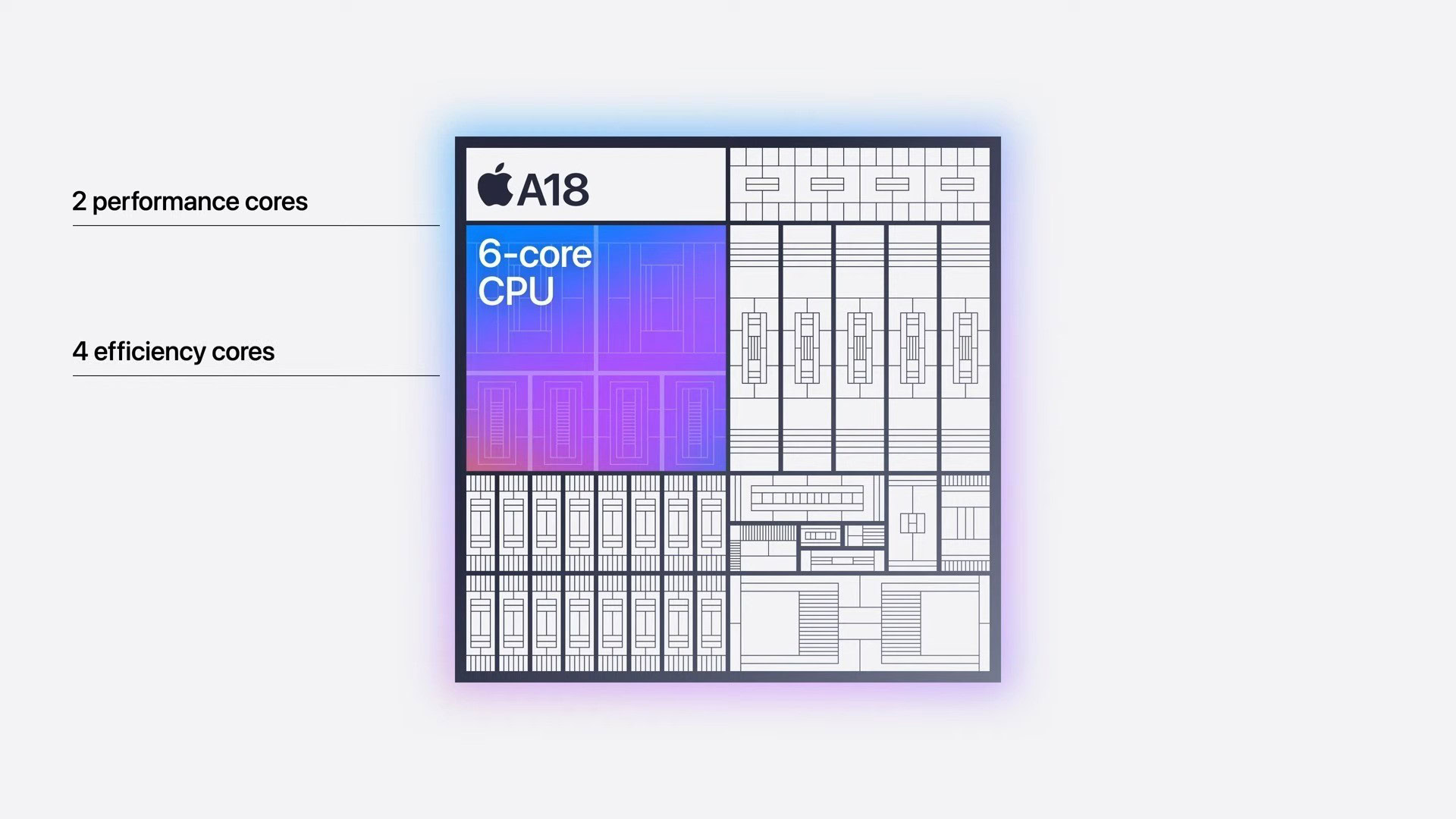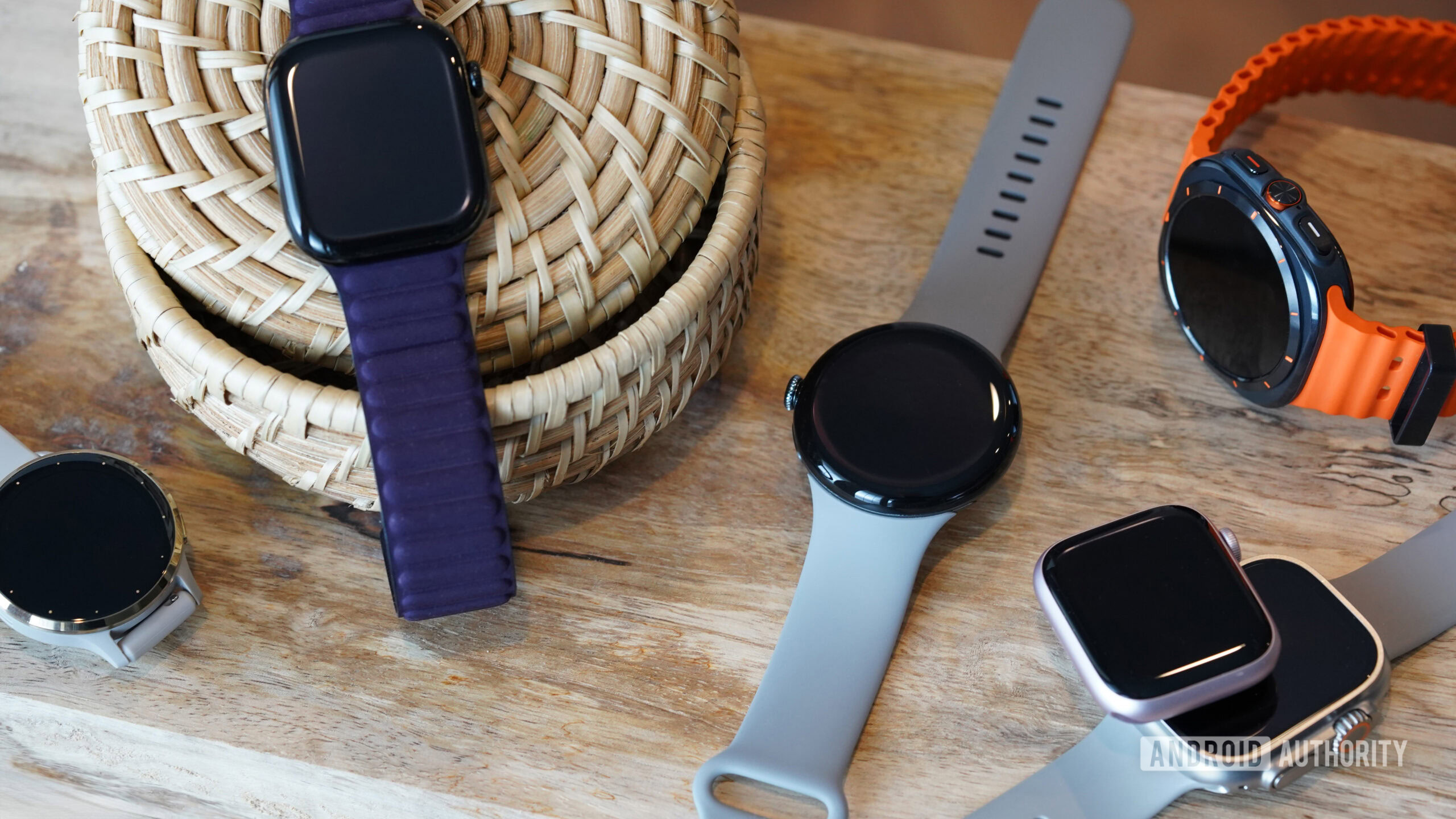
TL;DR
- Apple introduces the A18 and A18 Pro chips, powering the iPhone 16, 16 Plus, 16 Pro, and 16 Pro Max.
- Both chips share a lot in common with last year’s A17 Pro, including the same 3nm process and 16-core Neural Engine.
- The A18 Pro boasts performance gains of 15–20% over the last generation, with similar power savings.
Apple introducing its latest iPhone hardware is always a big deal, and that’s especially true when we see the company change things up, and push its tech a little bit past expectations. Recently, that’s meant Apple splitting its smartphone lineup between two generations of the company’s silicon, with the iPhone Pro running the latest ship series, and the standard iPhone going with a component from the last gen. With today’s launch of the iPhone 16 family, Apple begins leveling that playing field, and shares the A18 and A18 Pro chips that will power all of the company’s latest phones.
Like the A17 Pro before it, the A18 is built on a 3nm process — giving it a head start over chips from Samsung and Google. Unfortunately, Apple seems to be going out of its way to avoid drawing direct comparisons to that generation of silicon, and instead highlights the A18’s gains relative to the A16 Bionic that powered the base iPhone 15. Compared to that chip, the company says to expect up to 40% faster performance, and power consumption that’s up to 35% lower.

With AI still being the big draw it is, Apple wastes no time highlighting the A18’s features that are designed to enable powerful on-device processing, and the chip devotes significant resources to a 16-core Neural Engine. That’s joined by a 6-core CPU and 5-core GPU, but not all the advancements here are just about counting cores, and Apple also gives the A18’s memory system a workover, delivering a 17% increase in available bandwidth for the most demanding apps.
The A18 Pro, meanwhile, is largely the same chip as the A18 — same 3nm fabrication process — but gets a few key upgrades. Those include a larger cache, for a general performance boost, an extra GPU core bumping the count up to six, as well as some extra tools for media processing, enabling the high-refresh-rate ProMotion display, ProRes video recording, and speedy encoding.
This time, though, Apple does offer some direct comparisons to the A17 Pro, and advises us to expect 15% faster CPU processing, and a 20% faster GPU (with up to three times the ray tracing performance), all consuming 20% less power. The A18 Pro gets its own 16-core Neural Engine, capable of a mind-boggling 35 trillion operations per second.
With all of Apple’s new smartphones running the company’s latest chips, do you feel as much pressure to go with the iPhone 16 Pro or Pro Max to get a device with the A18 Pro chip? Or does an iPhone 16 or 16 Plus and its regular A18 chip sound perfectly good for your needs? Let us know in the comments!
Got a tip? Talk to us! Email our staff at [email protected]. You can stay anonymous or get credit for the info, it's your choice.








 English (US) ·
English (US) ·